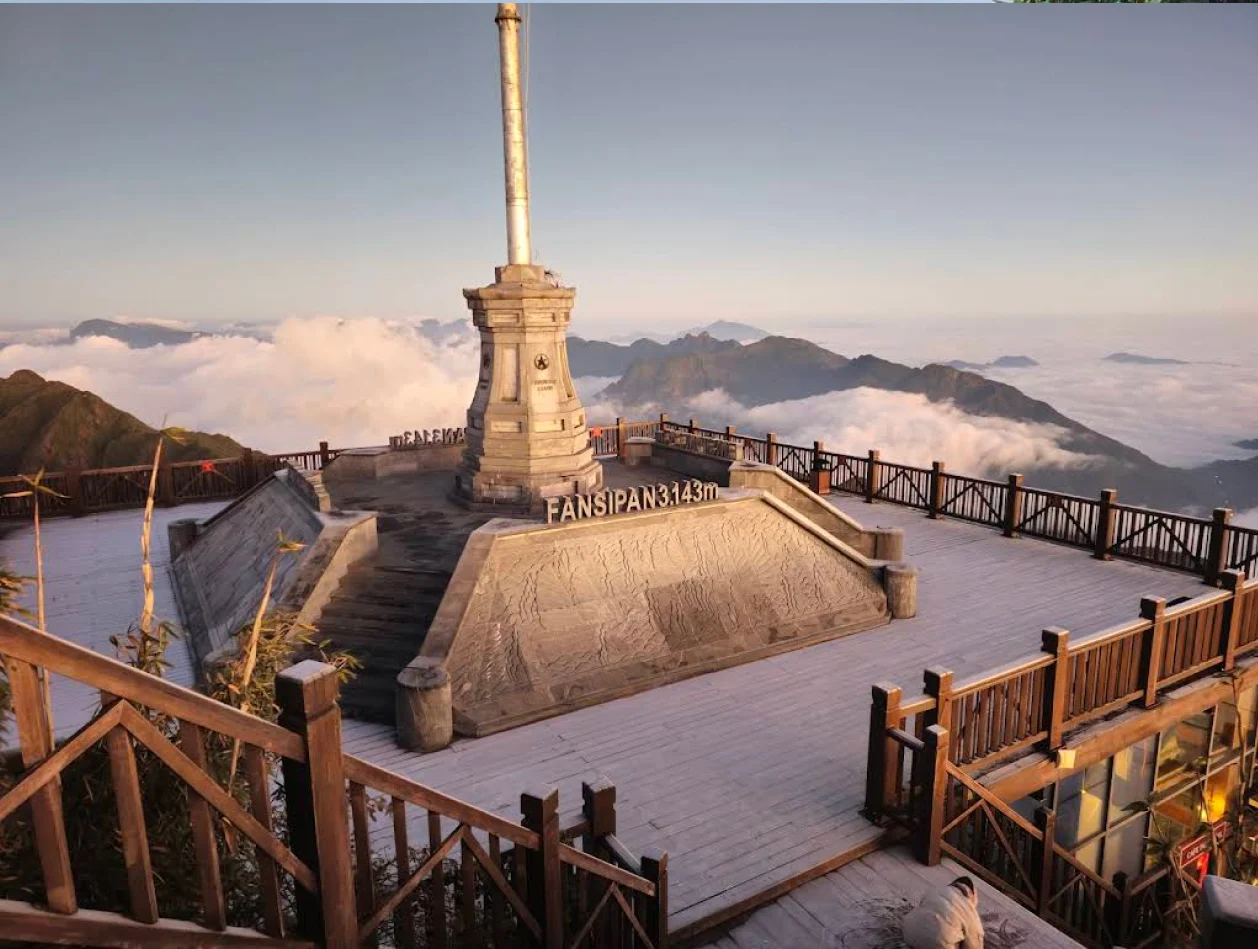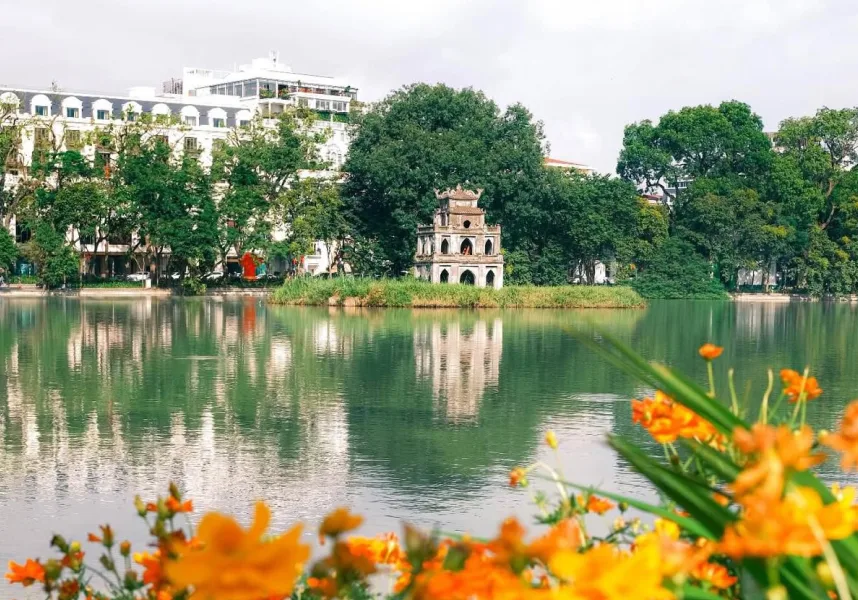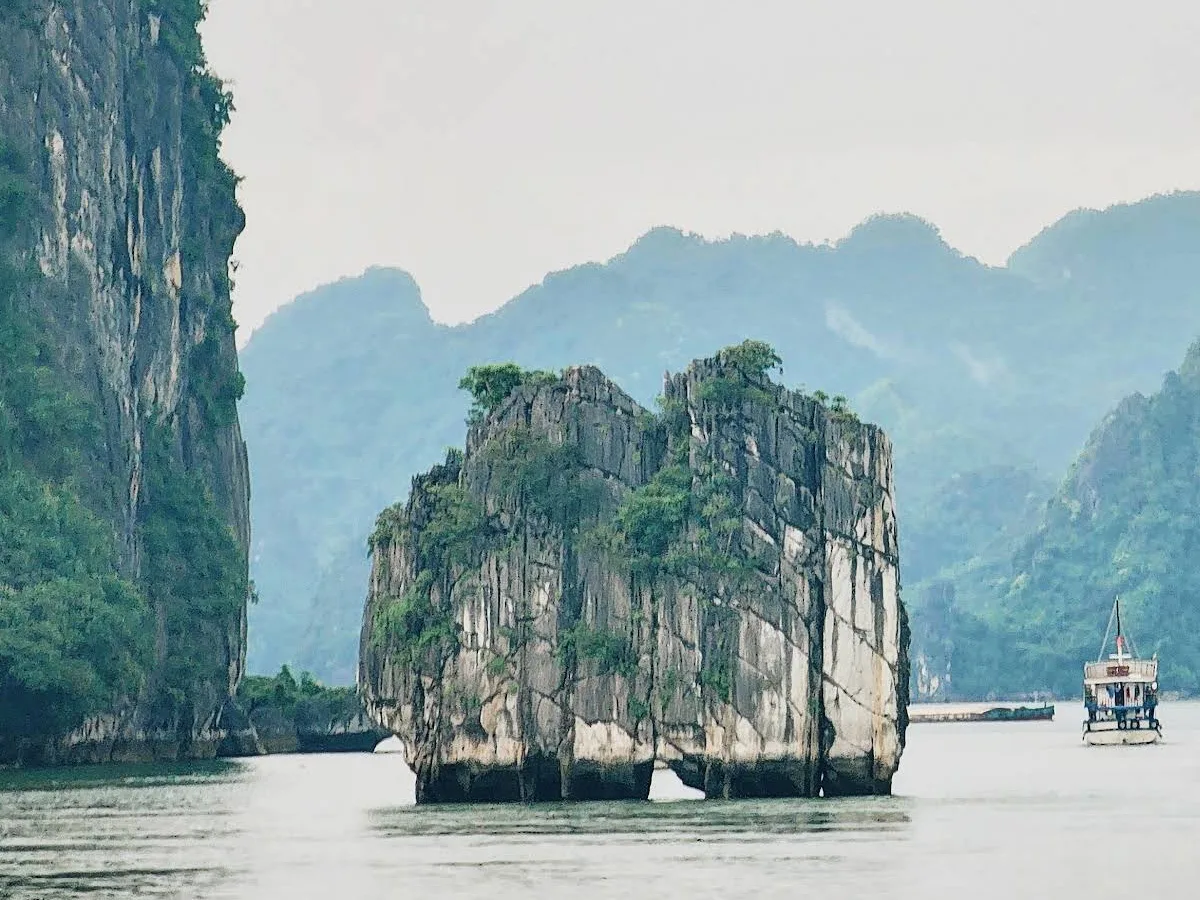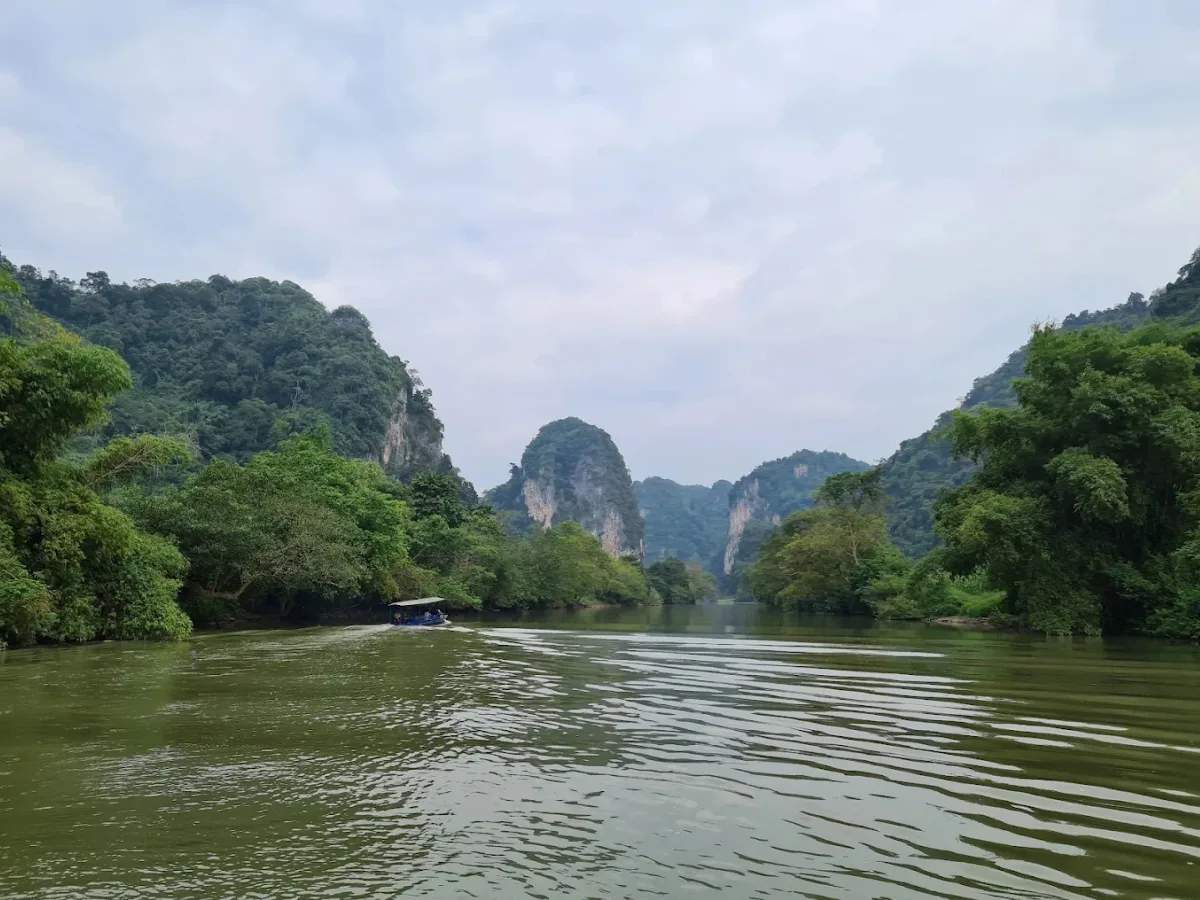
Top 10 Must-Visit Destinations in Northern Vietnam
Northern Vietnam is a treasure trove of breathtaking landscapes, ancient towns, and diverse cultures. My journey began in the capital, Hanoi, and stretched through misty mountains, flower-filled valleys, tranquil beaches, and hidden islands. Each stop revealed a different side of the region — its history, spirit, and the warmth of its people.
1. Hanoi – The Soulful Capital of Vietnam
My journey began in Hanoi, a city that instantly captured my heart. I arrived on a cool autumn morning, when the scent of milk flowers lingered in the air. The city buzzed with life, yet beneath the chaos, a calm and nostalgic charm remained.
In the morning, I walked around Hoan Kiem Lake, watching locals exercise, play badminton, or sip iced tea under old trees — moments that felt deeply Vietnamese. I wandered through the Old Quarter’s 36 streets, where the aroma of pho, bun cha, and spring rolls mingled.
At night, I sat at a café along the famous “Train Street,” heart racing as a train passed just meters away — one of the most thrilling experiences of my trip.
Don’t Miss: Try the iconic egg coffee and join the lively weekend walking street around Hoan Kiem Lake.
Travel Tip: Stay in the Old Quarter for easy access to attractions. Visit early in the morning for soft light and fewer crowds.
Pro Tip: Take a cyclo ride — it’s slow, scenic, and nostalgic.
Leaving Hanoi, I felt I had touched not just the capital but the very soul of Vietnam, where modern life and tradition coexist in harmony.
2. Ha Long Bay – The World’s Natural Wonder
When I reached Ha Long Bay, morning mist draped over thousands of limestone islands rising from emerald waters — like a scene from a painting. As the cruise glided through the calm sea, I could hear gentle waves and the whisper of the wind.
Highlight Experiences:
- Watch the sunrise over the bay.
- Paddle a kayak through hidden lagoons.
- Explore mystical limestone caves.
Travel Tip: Spend at least one night on a cruise to experience the bay’s beauty at dawn and dusk.
3. Sapa – Misty Mountains and Terraced Fields
Sapa emerged through layers of mist, with terraced rice fields cascading down the hillsides toward Mount Fansipan. Walking through H’Mong villages, I watched locals tending their fields while children played joyfully along the dirt paths.
Don’t Miss: Trek through Cat Cat and Lao Chai villages, and taste ethnic dishes like thang co and grilled pork.
Best Time to Visit: Autumn (Sept–Nov) or buckwheat flower season for the best scenery.
Tip: Bring a warm jacket — mornings can be chilly even in summer.
4. Ha Giang – The Great Northern Loop
Ha Giang is where adventure truly begins. The winding mountain roads, limestone peaks, and endless valleys filled with buckwheat flowers left me speechless. Riding along the Dong Van Karst Plateau, I stopped at every curve just to take in the awe-inspiring view.
Top Experiences:
- Visit ethnic minority villages.
- Ride the Ma Pi Leng Pass — one of Vietnam’s most stunning routes.
- Join a local market for cultural immersion.
Best Time: October–November (buckwheat flower season).
5. Ninh Binh – The Inland Ha Long Bay
Often called “Ha Long Bay on Land,” Ninh Binh enchanted me with its limestone karsts rising from emerald rice paddies. I rowed a small boat through Tam Coc and Trang An, gliding through tranquil waterways and mysterious caves.
Don’t Miss:
- Visit Bich Dong Pagoda and the Trang An boat tour.
- Climb Mua Cave Viewpoint for panoramic shots.
Travel Tip: Go early morning for calm water and perfect light.
6. Co To Island – The Peaceful Sea Escape
Co To felt like a hidden paradise with white sand beaches and turquoise water. I strolled barefoot along the shore at sunset, watching the sky turn pink and gold, then savored fresh seafood grilled right on the beach.
Must-Do: Swimming, kayaking, or simply relaxing away from the crowds.
Stay: 1–2 days to fully unwind and explore.
7. Moc Chau – Plateau of Flowers and Tea Hills
Moc Chau greeted me with rolling tea plantations, flower valleys, and fresh mountain air. I walked through green tea hills and visited Thai ethnic villages, enjoying fresh milk and local treats.
Don’t Miss: Visit heart-shaped tea hills and flower fields.
Best Time: November–March when mustard flowers bloom.
8. Yen Tu – A Sacred Mountain Retreat
Climbing Yen Tu Mountain felt like a spiritual pilgrimage. I walked up stone steps through pine forests to reach Dong Pagoda at the summit, surrounded by clouds and serenity.
Experience: Trekking, temple visits, and panoramic mountain views.
Tip: Wear comfortable shoes and bring water — the hike is long but rewarding.
9. Lao Cai – Gateway to the Northwest
Bordering China, Lao Cai is a blend of nature, culture, and trade. I explored ethnic markets, met warm locals, and discovered peaceful riverside villages that felt worlds away from city life.
Must-Do: Visit local markets, try handmade crafts, and explore the border town’s charm.
Best Time: Autumn for pleasant weather and vibrant colors.
10. Quang Ninh – Beyond Ha Long Bay
Beyond Ha Long lies Bai Tu Long Bay, a quieter, untouched version of its famous neighbor. Cruising through the smaller islands, I enjoyed pure tranquility and crystal-clear waters.
Don’t Miss: Explore hidden caves and beaches, Enjoy fresh seafood on an overnight boat.
Travel Tip: Spend at least two days to explore Bai Tu Long and nearby islands.
Conclusion
Traveling across Northern Vietnam was a journey through contrasts — ancient and modern, wild and peaceful, vibrant yet serene. From Hanoi’s cultural heart to Ha Long’s ocean wonders, Sapa’s terraces, Ha Giang’s peaks, and Ninh Binh’s rivers — every stop told a story.
Take your time, taste local food, and connect with the people. You’ll not just see Northern Vietnam — you’ll feel its soul, alive in every mountain, wave, and smile.




Comments (0)